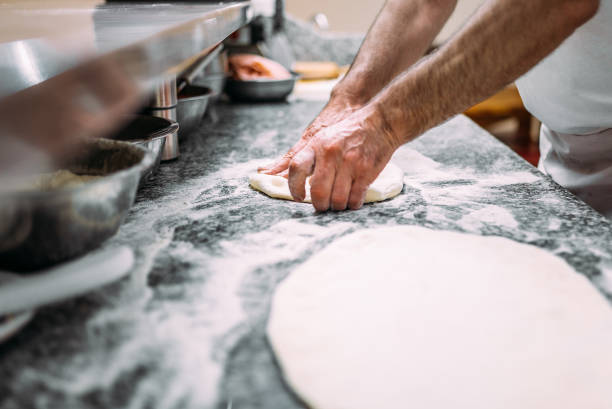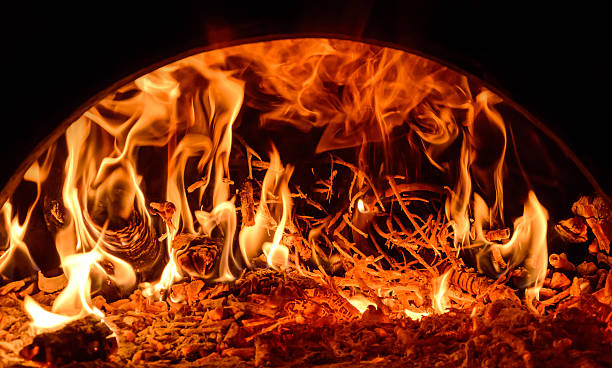Pizza Crust Types: Self-Rising and Par-Baked

The debate continues about what type of crust makes the best pizza. Both self-rising and baked pizza crusts have unique qualities that can make bold, signature pies or classic menu choices. However, the two types of the pizza crust are often confused.
Let’s go back to basics to understand the definitions, performance and practical applications of self-rising crusts and par-baked crusts.
What’s self-rising pizza crust?
Self-rising crusts (also known as rising crust pizza or oven-rising or live dough) are made by combining leavening agents such as baking powder, baking soda or other acids with yeast to make a pizza dough that rises when it bakes in an oven. The dough can be made from self-rising flour, which contains baking powder and baking soda. This will simplify the preparation.
What’s par-baked pizza?
Par baked pizza crusts are made from dough that has been baked once. This gives the crust the same properties as baked bread. The yeast is killed by partial baking, so the dough’s internal structure can be set. Par-baked crusts can be kept at ambient or refrigerated temperatures, making them easier to use. They can also be stored at the back of your house for a shorter cooking time, which will allow you to provide faster customer service.
The subtle differences in the crusts can significantly impact the performance and characteristics of the pizza.
Crust Performance, Practical Uses
QSR, frozen retail convenience stores, food service, food service and take-and-bake are all dependent on self-rising and baked pizza crusts. Because of their consistency and adaptability, operators love the crusts. Customers are attracted to the texture, flavour, and satisfying bite.
What makes self-rising pizza dough better than par-baked or vice versa? It all comes down to the characteristics, performance and practical uses of self-rising pizza crusts, as well as the skilled dough makers you trust to make high-quality pizza crusts.
Alive & Kickin’ Pizza Crust offers a wide range of flavours, shapes and sizes for self-rising and par-baked pizza doughs. We want to delight your customers every time. The following comparison shows what each type of crust offers.
Self-Rising Pizza Crusts
- Bake as they rise
- There is no need to proof or knead for freezer-to-oven convenience for labour-strapped homes. This makes it easy to streamline your prep.
- Frozen for up to 180 days with a long shelf life
- Excellent performance even when heated for long periods
- Convection ovens are ideal for convection, conveyor, rapid cooking, and home ovens.
- It is rich and delicious, with a bready flavour.
- Flaky, soft texture with a crumb-like bottom and a crisp crust
- Large rolled edges are a great option for visual appeal and an impressive oven “pop”.
Par-Baked Pizza Crusts
- It is easy to prepare and manage.
- Baking times are shorter, and there is no need to prove.
- Extra-long shelf life. It can be kept refrigerated for up to one week.
- Ideal for home ovens, deck, quick cook, double-door convection and conveyors
- Thick crusts are preferable for traditional pan-style pies, such as Sicilian, deep-dish, or traditional pan-style pies.
- Ultra-thin and thin crusts give you flaky interiors and a satisfying crunch.
Par-baked or rising crust pizza? Each has its charm and benefits. It is important to understand the differences and similarities between these two types of pizza to meet customer expectations.




Leave a Reply